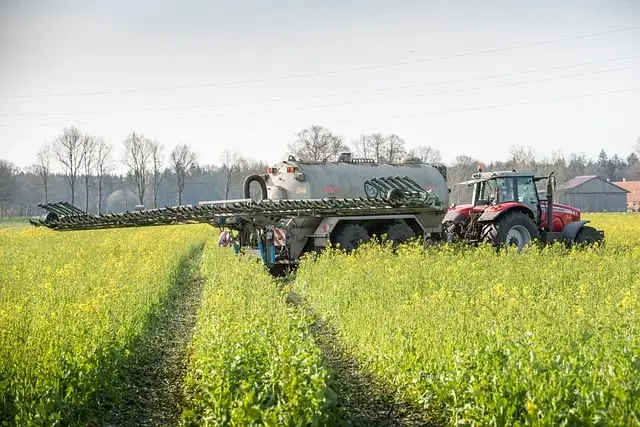What is Crop Rotation?
Crop rotation is a farming technique in which crops are grown in a specific sequence in a particular field. The goal of crop rotation is to maintain soil fertility, reduce pest and disease problems, and promote soil health. By rotating crops, farmers can avoid planting the same crops in the same place year after year, which can deplete the soil of nutrients and lead to a build-up of harmful pests and diseases. Instead, farmers can alternate between crops that have different nutrient requirements and can help to improve soil fertility over time.
Why do we Rotate Crops?
Crop rotation is used to improve or maintain the physical, chemical, and biological conditions of the soil. It stops soil erosion to a greater extent. It is a common practice used for soil saving. Farmers use it generally for maintaining the nutritional value and fertility of the soil.
Including grass or legume in the process of crop rotation is very effective for erecting erosion of the soil. It improves the structure of the soil and maintains the soil’s fertility for years.
Adding legumes in the process of rotation eliminates the need for nitrogen fertilizers. Legumes make the field and soil nitrogen friendly and fulfil the intake of nitrogen for the crops.
Legumes accumulate nitrogen and help crops and soil to use it. In addition, crop rotation is a vital part of an integrated pest management program (IPM).
Importance of Crop Rotation
Crop rotation is important for several reasons:
- Soil Fertility
By rotating crops, farmers can help maintain the fertility of their soil. Different crops require different nutrients, and rotating crops can help distribute these nutrients more evenly throughout the soil.
- Pest and Disease Control:
By rotating crops, farmers can reduce the build-up of pests and diseases in the soil. Some pests and diseases are specific to certain crops, and rotating crops can help break the pest and disease cycle.
- Soil Health
Crop rotation can promote soil health by improving soil structure, increasing organic matter, and reducing soil erosion.
- Yield improvement
It can lead to increased yields because of improved soil fertility, reduced pest and disease problems, and a more balanced distribution of nutrients in the soil.
- Biodiversity
It can help promote biodiversity by allowing farmers to grow a variety of crops, rather than relying on just one or two crops.
Points That Highlight the Value of Crop Rotation
The points that can be considered to understand the value of crop rotation are further mentioned. It is a farming process used in natural farming and is very beneficial for soil management.
- Plant Nutrition
Each crop takes different types and amounts of minerals from the soil. If the same crop is planted every year frequently the soil will lose essential nutrients. The selection of different crops every year does not result in the loss of the same nutrient. Change of crops sometimes returns the missing nutrients to the soil which are needed for the growth and health of the plant.
- Soil Structure
Various crops have different root structures and grow to different depths. The Rotation of crops, every time different types of nutrients are used helps in maintaining a balance of nutrition in the soil. Thus, rotation preserves and improves the structure of the soil.
- Insect Control
Rotation and shifting in crops can also lead insects to switch on to different places. Crops are the meal for many insects. When every time they don’t find the same needed crop or meal. They switch on to some other place in search of their meal.
- Disease Prevention
Diseases can also overwinter in your soil or parts of plants. Rotation in the crops every year helps to guard crops and soil against diseases.
- Water Quality
Some crops are deep rooted which can intake nitrogen and other nutrients from the deep of the soil profile. It can reduce the water quality and nutritional value. The shift in crops can provide time for the water and soil to be recharged in terms of nutrients. Crop rotation is an effective method of retrieving nutrients from the soil as it encourages a healthy root system.
Conclusion
Crop rotation is a form of agricultural management that involves growing a series of different crops, or varieties of the same crop, in the same area in a sequence. This practice helps maintain soil fertility and reduce pest problems, as well as providing farmers with a variety of crops to sell or u se. The rotation of crops is typically planned for three or four years. Overall, crop rotation is an important agricultural practice that can help farmers improve soil health, reduce pest and disease problems, and increase crop yields.

